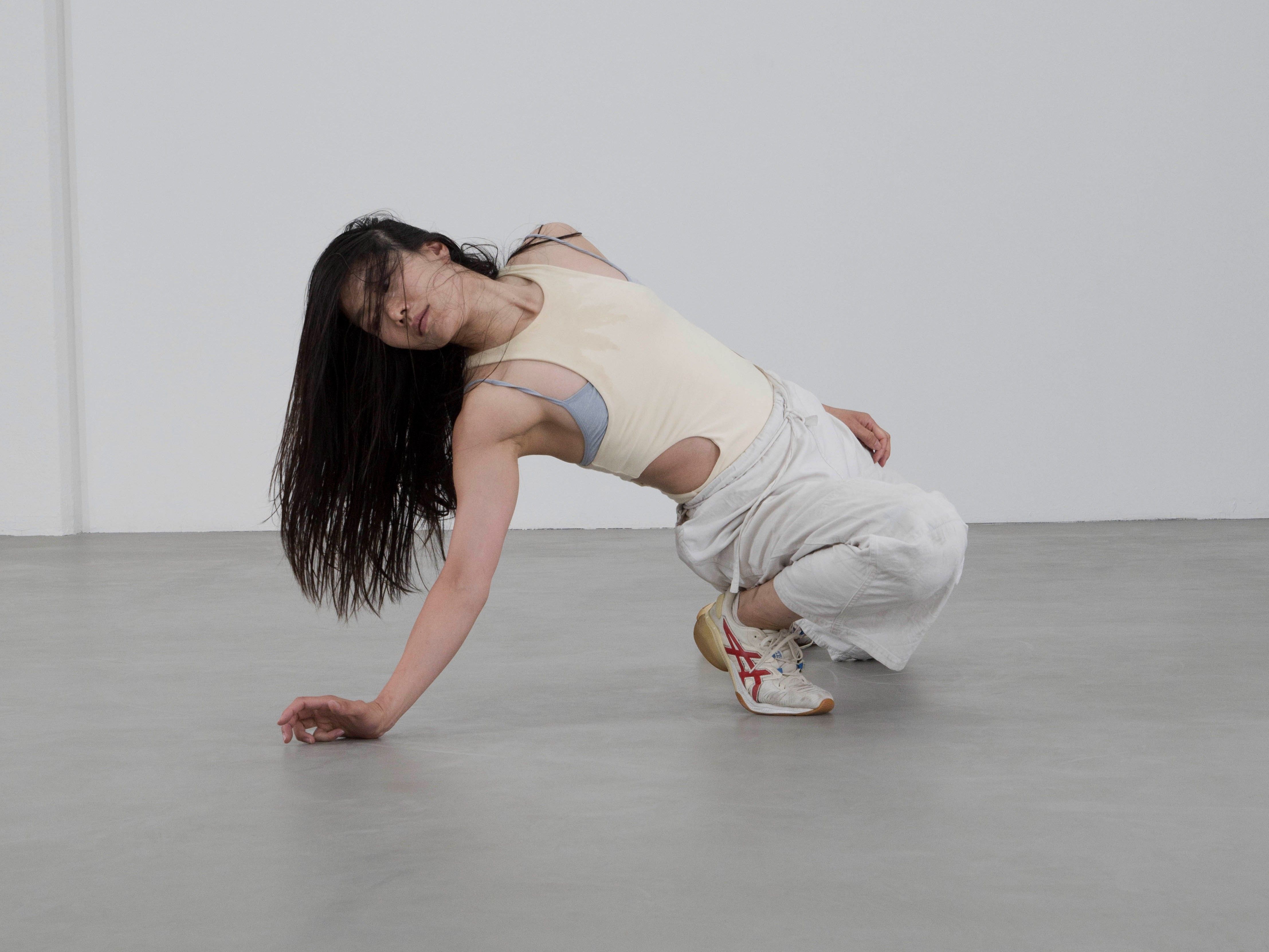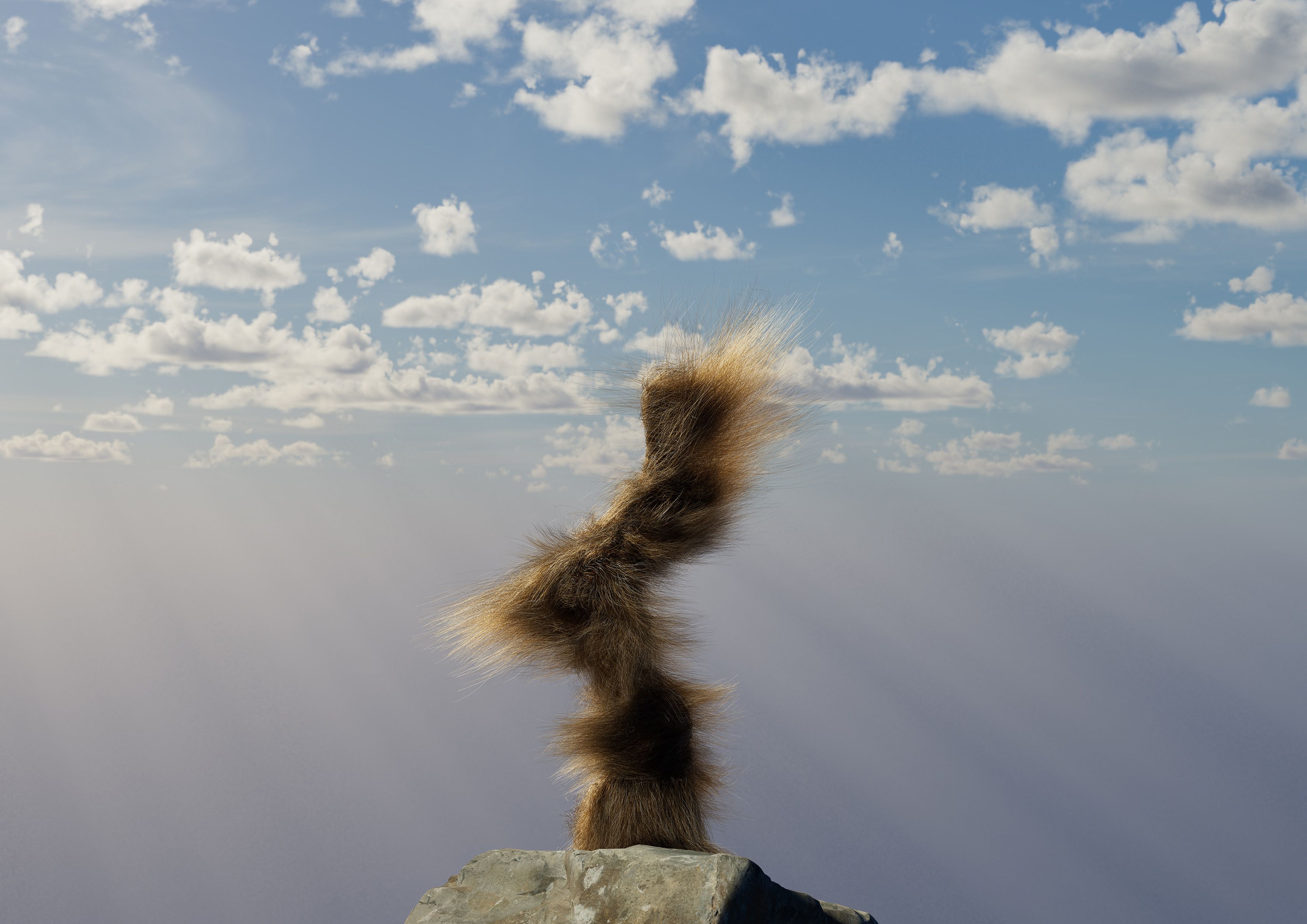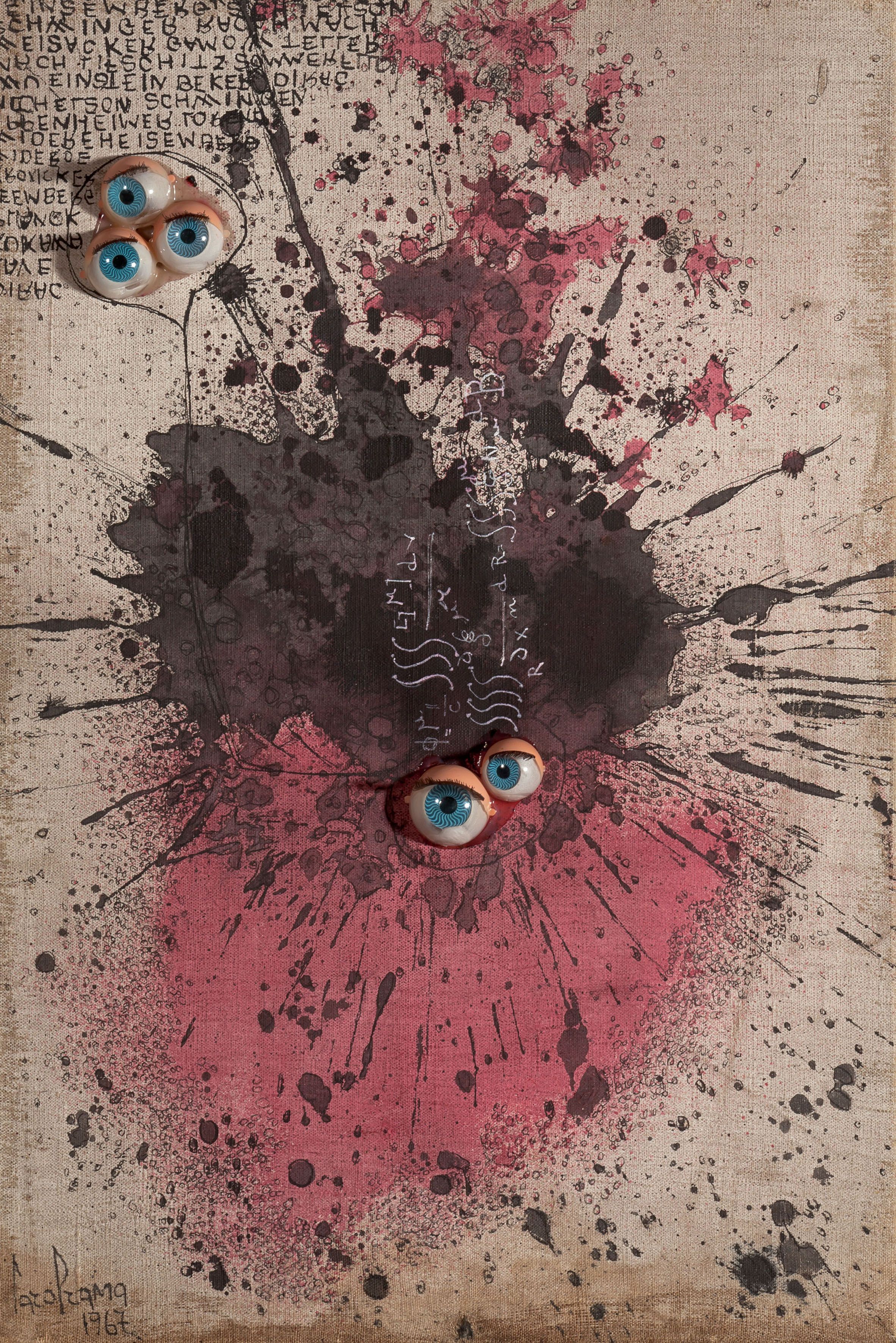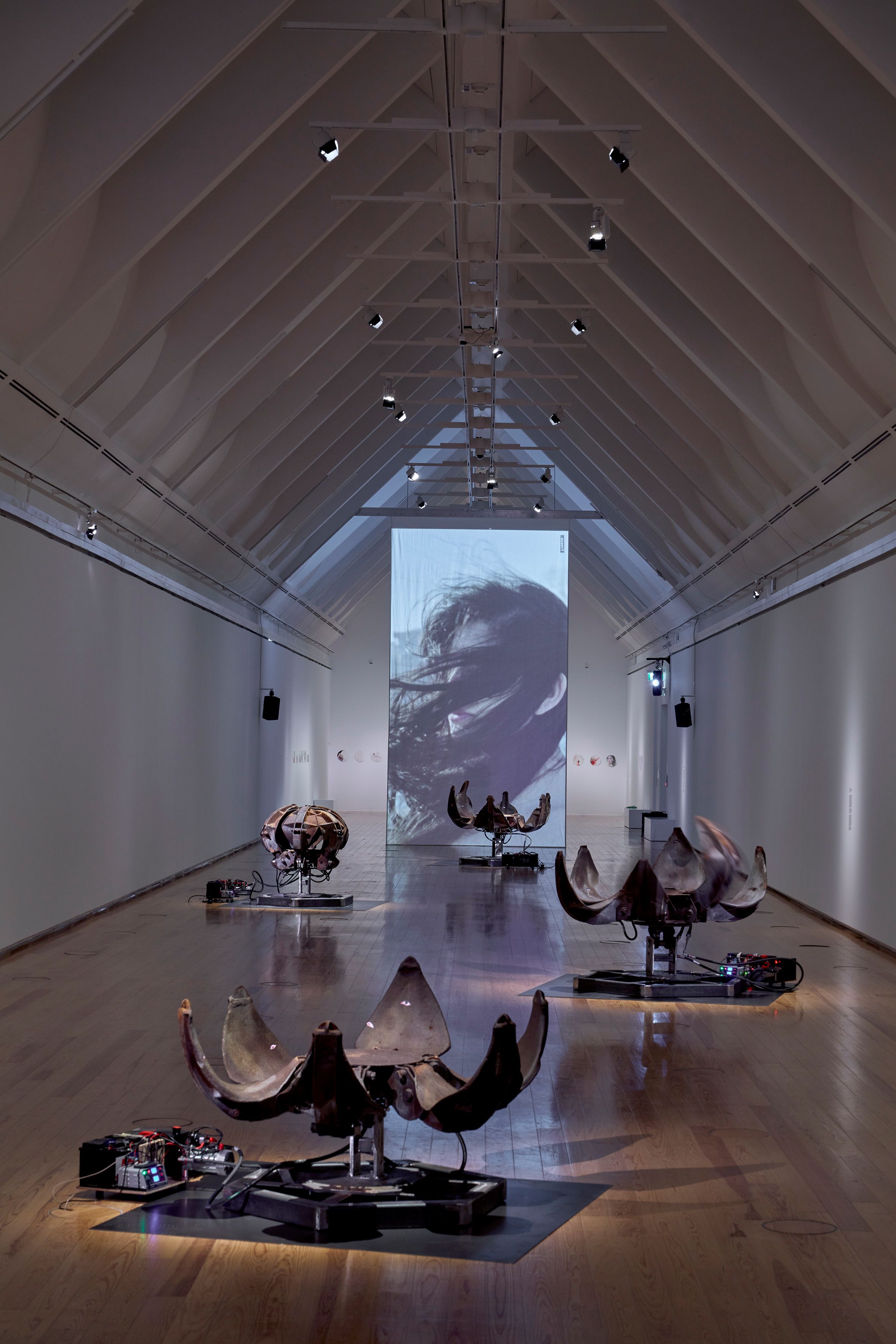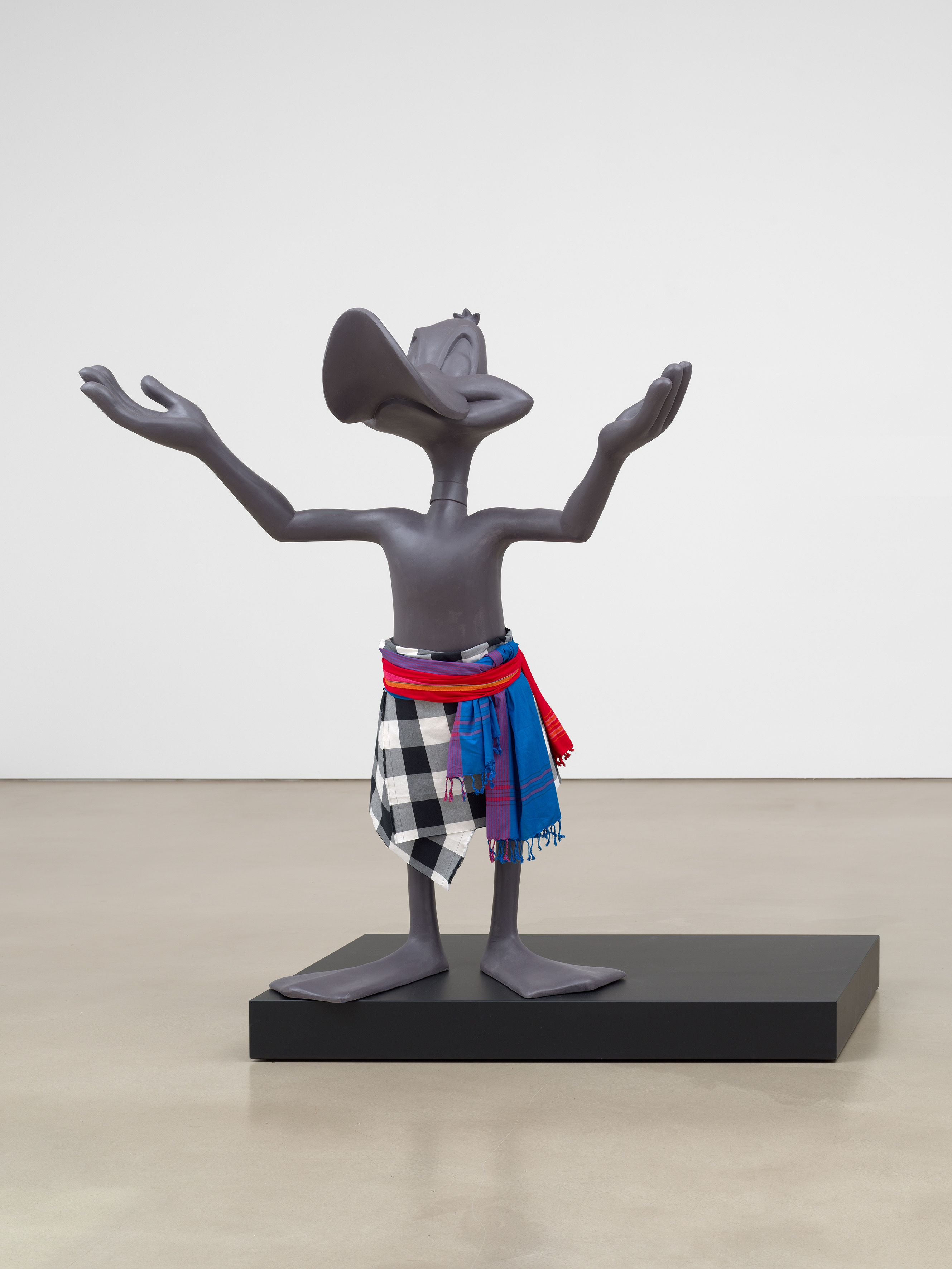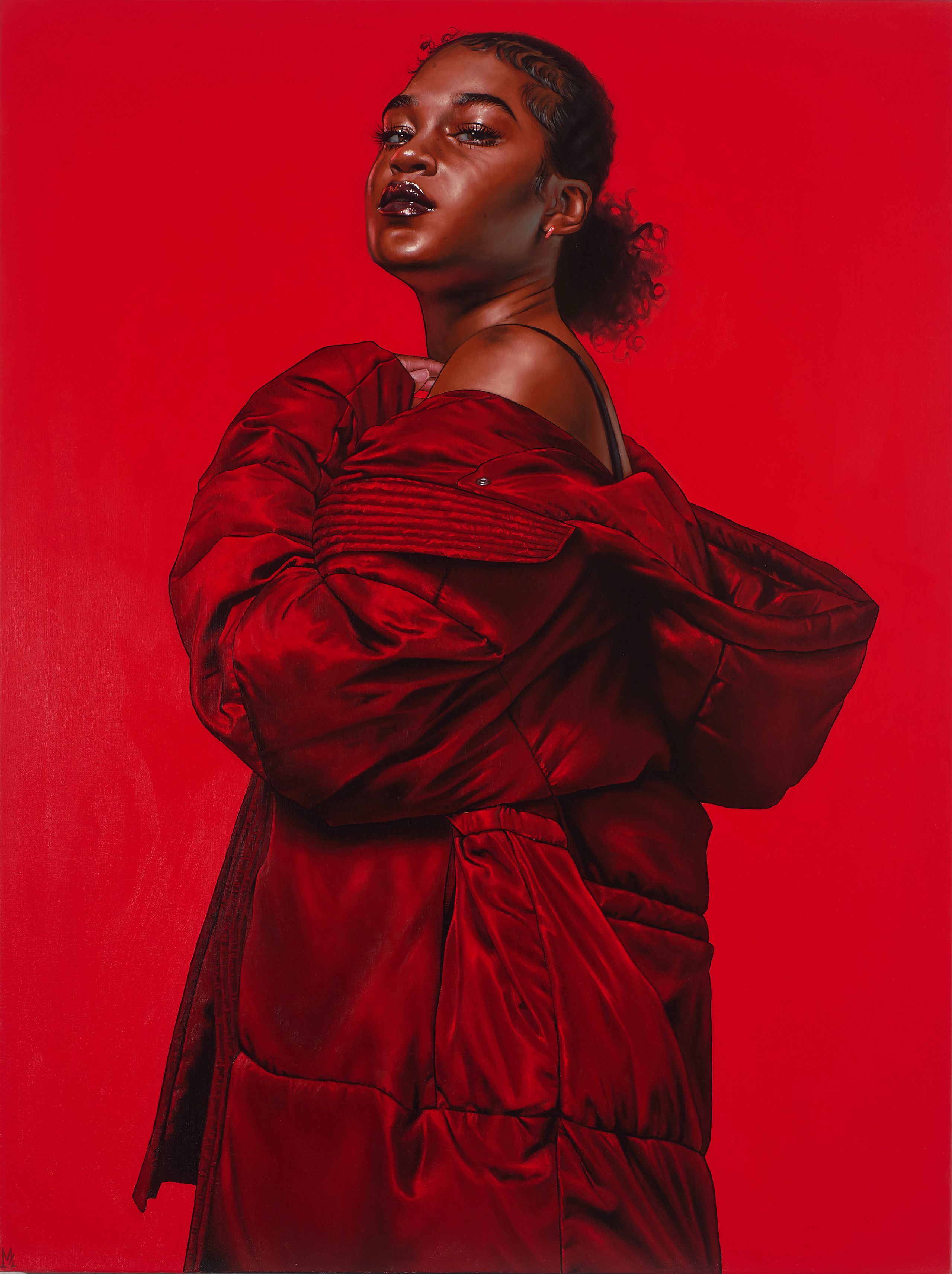October 6, 2017–January 21, 2018
Frankfurt am Main 60311
Germany
T +49 69 2998820
welcome@schirn.de
www.schirn-mag.com
Facebook / Twitter / YouTube / Instagram / Pinterest / #Diorama / #Schirn
The Schirn Kunsthalle Frankfurt dedicates a major exhibition to the cultural history of vision. It focuses on the diorama, which is used to reconstruct and realistically stage events, stories, and habitats with the aid of various means. Invented in the 19th century by the French painter and photography pioneer Louis Daguerre as a playhouse enlivened with light effects, it, as a glass showcase became the presentation form par excellence for natural history museums. The diorama stages human knowledge of the world, not without influencing and perpetually challenging the viewer’s perception. Being the first comprehensive examination of the diorama, the exhibition highlights both the various stories behind the development of this form of presentation and the correlations and chronological developments that took place parallel to it.
Diorama. Inventing Illusion is an overall narrative that traces the cultural history of vision and of exhibiting from various perspectives. The presentation combines early forms of the diorama in religious art and its beginnings in the playhouse and showman art of the 19th century, and considers the diorama as the preferred form of presentation for museums conveying natural-historical and anthropological knowledge. The diorama has been a crucial source of inspiration to this day: numerous artists of the 20th and 21st centuries address questions of staged vision in their works by questioning and dissolving the illusion of a reconstructed reality. That deconstruction of the diorama in today’s art is illustrated by large-scale installations, contemporary dioramas, sculptures, photographs, and films by such artists as Richard Baquié, Marvin Gaye Chetwynd, Mark Dion, Isa Genzken, Robert Gober, Mathieu Mercier, Kent Monkman, Hiroshi Sugimoto, and Jeff Wall.
A key element of this development is the artistic reception of the work Étant donnés (1946–66) by Marcel Duchamp (1887–1968). The Schirn is showing a precise, detailed reproduction of this artwork by the French sculptor and object artist Richard Baquié (1955–1996), Untitled. Étant donnés 1° la chute d’eau, 2° le gaz d’éclairage (1991). Duchamp’s legendary manual for this piece of art analyzes the technology, mechanisms, and creation of the diorama and became something of a critical model for the conceptual photography of Canadian artist Jeff Wall (born 1946). The Schirn is showing the work The Giant (1992), in which Wall once again questions the optical and mimetic illusion of the photographic image.
Back in the 1970s, dioramas by the American Museum of Natural History inspired the early photography of Robert Gober (born 1954) and Hiroshi Sugimoto (born 1948). The exhibition presents a previously unpublished series by Gober from the year 1976. The shots play with two different levels of perception: some leave the impression of scenes photographed in nature, while others emphasize the artificiality of the diorama and dissolve the effect of reality. The series Dioramas (1976–2016) by Japanese photographer Sugimoto critically tackles the promise of authenticity that comes with documentary photography and dioramas. In his black-and-white shots, the habitat of the diorama appears abandoned and morbid: The animals and plants become ghostly images of themselves.
The American artist Mark Dion (born 1961) questions the human presentation of nature and examines the function and the principles of arrangement characteristic of habitat dioramas. The Schirn shows his work Paris Streetscape (2017) developed specially for the exhibition. In a large-format glass showcase, Dion presents a section of the Paris cityscape. The garbage of civilization, plastic waste, and scrap metal seem to have entirely banished nature. The diorama is populated by animals native to cities, and thus breaks with the idyllic presentation of animals in their natural ecosystems. Dion renews the diorama as a form of presentation and enriches it with contemporary themes such as consumerist behavior and environmental pollution. His works are an echo of the works by the German sculptor Isa Genzken (born 1948), who is represented in the exhibition with Empire Vampire III, 12 (2004), and French artist Mathieu Mercier (born 1970). The latter goes beyond the illusory principle of the habitat diorama and populates it with a live pair of axolotls. The aquarium placed in the glass showcase is surrounded by peat; Mercier has created an environment for the animals that is as artificial as it is archaic, and points to the evolutionary step that is embodied, as it were, by these hybrid beings. His work stands in the context of a greater reflection on everyday objects, their symbolism and their use both in industrial and artistic contexts.
The exhibition was organized by the Schirn Kunsthalle Frankfurt in collaboration with the Palais de Tokyo, Paris, where it was conceived and first presented. Diorama. Inventing Illusion is supported by Verein der Freunde der Schirn Kunsthalle e.V.
As part of the exhibition the painter and stage designer Philipp Fürhofer will present a new work titled [dis]connect in the Schirn Rotunda from November 9, 2017 to January 21, 2018. The work is supported by the SCHIRN ZEITGENOSSEN.
Director: Dr. Philipp Demandt
Curators: Katharina Dohm, Claire Garnier, Laurent Le Bon, Florence Ostende
Press contact: Pamela Rohde (Head of Press/Public Relations) presse@schirn.de / T (+49 69) 29 98 82 148
Press material: www.schirn.de (texts, images, and films for download under PRESS)


